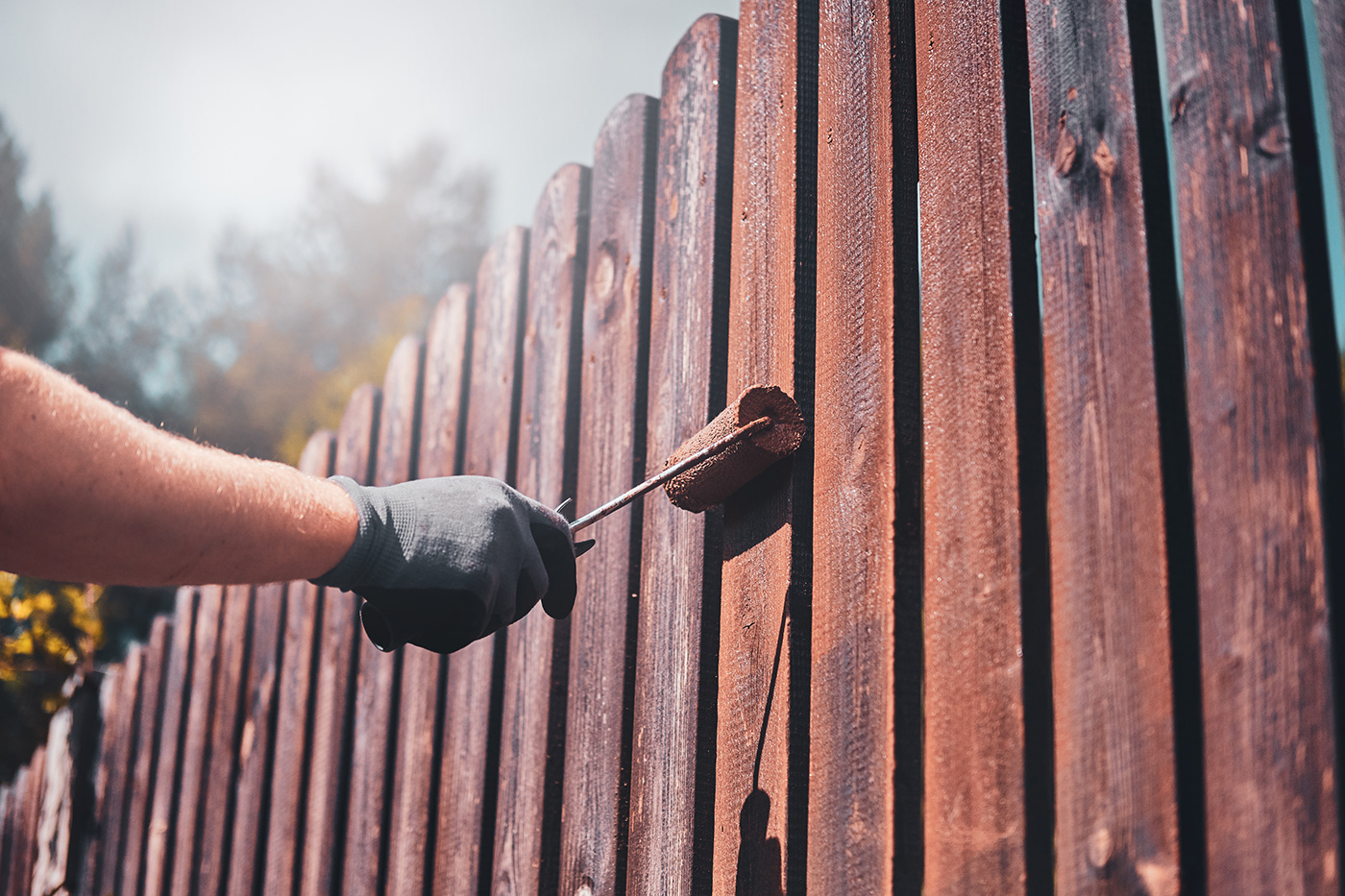Renewing Your Defense: Effective Fence Repair Strategies

Fences serve as vital components of property security, delineating boundaries and providing privacy and safety. However, over time, wear and tear can compromise their effectiveness, leading to the need for repair. In this article, we explore effective fence repair strategies under the theme "Renewing Your Defense," focusing on methods to restore and reinforce fences for enhanced security and longevity.
Understanding Fence Damage:
Before delving into repair strategies, it's crucial to understand the common types of fence damage. These may include:
Structural Damage
This encompasses issues such as leaning, sagging, or broken fence posts, rails, or panels, which compromise the stability and integrity of the fence.
Rot and Decay
Wooden fences are particularly susceptible to rot and decay caused by moisture, pests, and exposure to the elements. This can weaken the fence structure and compromise its aesthetic appeal.
Rust and Corrosion
Metal fences, such as chain-link or wrought iron, may suffer from rust and corrosion over time, especially in areas with high humidity or exposure to moisture.
Damage from Accidents or External Forces
Fences may sustain damage from accidental impacts, vehicular collisions, fallen trees, or vandalism, necessitating prompt repair to restore security and functionality.
Effective Fence Repair Strategies:
Inspection and Assessment
Before commencing any repair work, conduct a thorough inspection of the fence to assess the extent of damage and identify underlying issues. Pay close attention to structural integrity, material deterioration, and potential safety hazards.
Repair or Replace Damaged Components
Depending on the severity of damage, determine whether individual components can be repaired or if replacement is necessary. Replace broken or rotted fence posts, rails, or panels with high-quality materials to ensure structural stability and longevity.
Reinforcement and Bracing
Strengthen weak or leaning fence sections by reinforcing them with additional support structures or braces. This may involve installing new posts, braces, or tension rods to stabilize the fence and prevent further deterioration.
Rot Prevention and Treatment
For wooden fences, address rot and decay by applying wood preservatives, sealants, or fungicidal treatments to protect against moisture and fungal growth. Replace severely rotted sections and consider upgrading to pressure-treated or rot-resistant wood for enhanced durability.
Rust Removal and Prevention
Remove surface rust from metal fences using wire brushes, sandpaper, or chemical rust removers, then apply rust-inhibiting primers and coatings to prevent further corrosion. Regular maintenance, such as painting or powder coating, helps preserve the appearance and integrity of metal fences.
Professional Assistance
In cases of extensive damage or complex repair requirements, seek assistance from professional fencing contractors or repair specialists. They have the expertise, tools, and resources to effectively assess, repair, and reinforce fences, ensuring optimal security and functionality.
Conclusion
Renewing your defense through effective fence repair strategies is essential for maintaining property security, aesthetics, and functionality. By promptly addressing damage, reinforcing weak areas, and implementing preventive measures, property owners can prolong the lifespan of their fences and enhance overall security. Whether repairing wooden, metal, or vinyl fences, attention to detail, quality materials, and professional assistance are key to achieving successful outcomes. Invest in the longevity and effectiveness of your fence by prioritizing regular maintenance and timely repairs, safeguarding your property for years to come.
